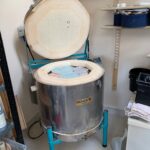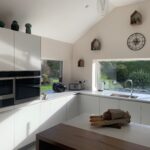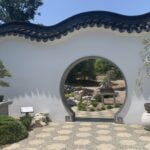A further update in my pottery studio design: the pottery is intended to house and facilitate my own production as well as courses. This post therefore addresses the equipment and furniture in the studio.
Pottery wheels:
My work is mostly involving the pottery wheel. This is true for both for my functional pottery and my more sculptural work. All pieces are mostly started on the wheel and completed afterwards on the bench or, conversely, some work starts from slabs but is then later finished with the help of drape moulds on the wheel. The potters wheel is therefore a crucial piece of equipment in the studio for me.
In order to allow classes in small groups the studio hosts 3 wheels. This way I can guarantee a dedicated and personalized guidance of the students. My approach to courses with clay comprises a focus and special regard of relaxation and mental health for the people involved. Pottery and working with clay has been and still is important for me to safeguard my mental health and I wish to introduce other people as well to its benefits on their mental well-being. As the wheel turns, it absorbs all attention of the potter, who gets generally totally focused on the process, which makes working on the potters wheel a very mindful experience.
Courses will therefore be mostly organized around the potters wheels but not exclusively. The tactile nature of the clay has also great benefits for a lot of people who feel attracted to it. With that in mind, I wish to show the versatility and endless possibilities of clay: from pinch pots, slab work, any other hand building or decoration technique.
Storage, clay and wedging:
In the studio there is a variety of materials available to facilitate sculpting and decoration amongst which various tools, underglazes, underglaze decals, slips, etc. Organisation is key and there must be enough and practical storage.
I still need to figure out how I will be able to use the space in an optimal way without cluttering it.
For ecological and economic purposes, working with clay requires a careful management of the materials in my opinion.
The clay that isn’t turning into a finished product needs to be recycled.
Liquid clayslip is mixed with dryer clay and put on plaster boards until the right consistency of the clay is reached. Thereafter it is wedged to reach a uniform clay consistency throughout.
Fresh clay is stored in bags and mixed with the recycled clay if needed to allow the clay to maintain its plasticity.
Consistency of the clay is obtained by thoroughly wedging the clay. Therefore the benches must be sturdy enough to allow sufficient stability for clay wedging and slab rolling. Clay is heavy material and it can require quite some muscle force to wedge. Wonky tables won’t make the job any easier.
Next blog I’ll be addressing glazing and raw materials. As always, I welcome your comments and suggestions and stay tuned!

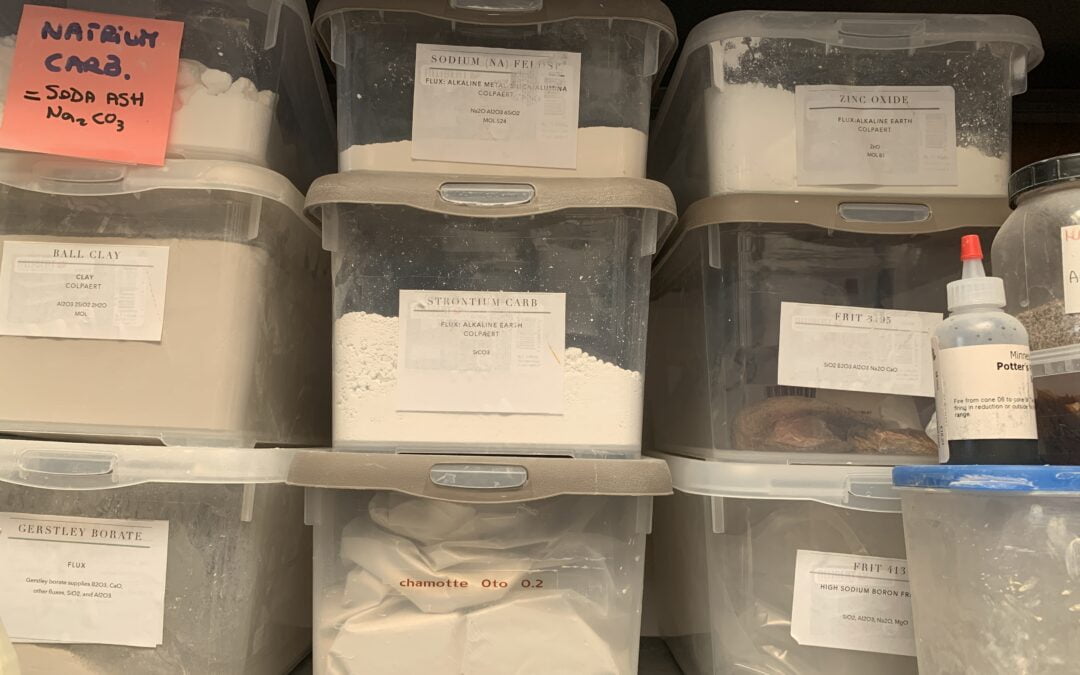
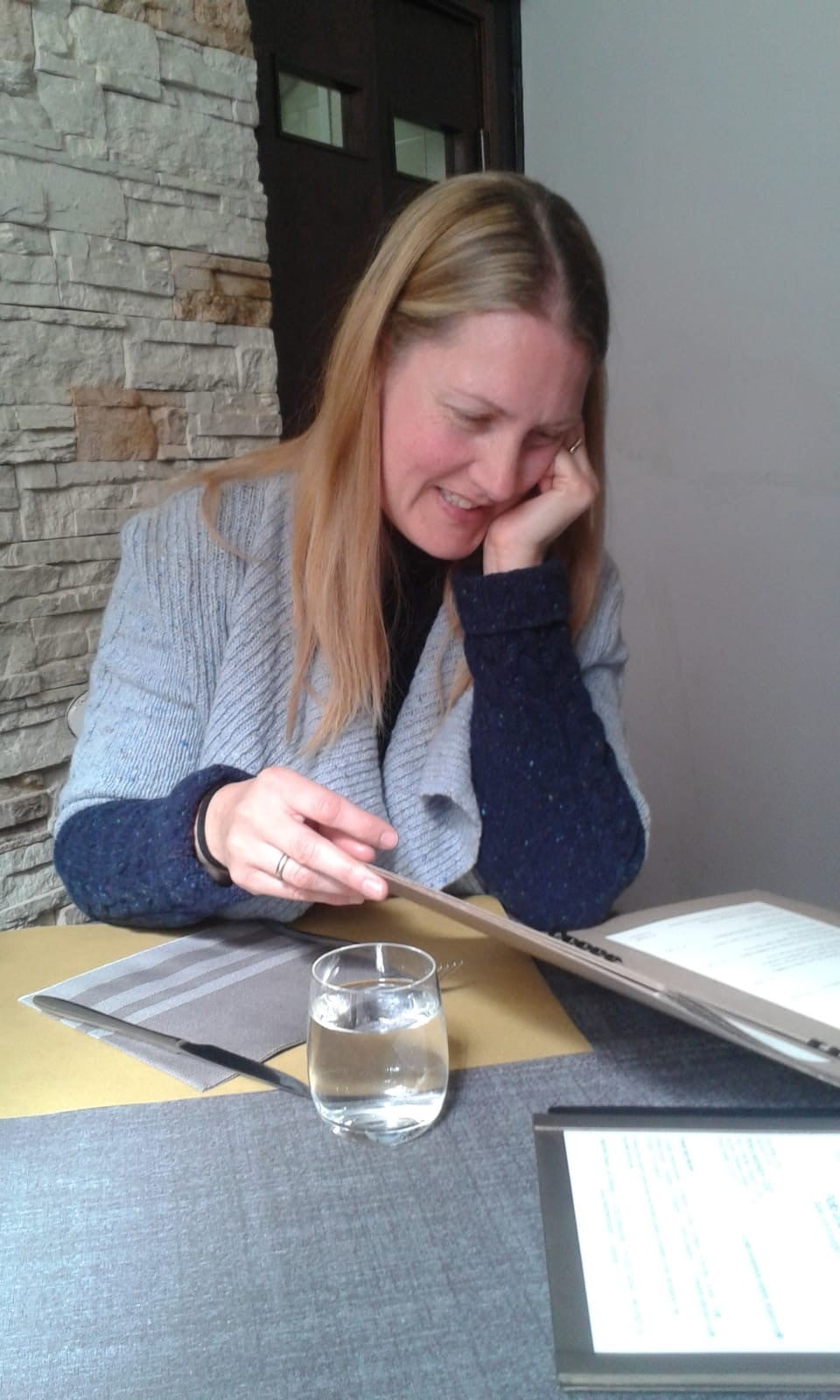 My name is Elisa; I am a woman, a mum, a daughter, a friend and a wife… and a passionate ceramicist/potter.
My name is Elisa; I am a woman, a mum, a daughter, a friend and a wife… and a passionate ceramicist/potter. 

